HUMAN ZOO IN REVIEW
"A CROSS BETWEEN FEMME FATALE AND NIKITA"
The above shot from
Rie Rasmussen's
Human Zoo may look like something out of
Brian De Palma's
Snake Eyes, but
Screen Daily's Dan Fainaru suggests that Rasmussen's film is a cross between two of my very favorite films-- De Palma's
Femme Fatale (which Rasmussen also appeared in) and
Luc Besson's
Nikita. It turns out that Besson co-produced
Human Zoo wih Rasmussen.
Besson had cast Rasmussen in his final live action film as director, 2005's Angel-A (which was shot by Besson's regular cinematographer, Thierry Arbogast, who is also the cinematographer on Human Zoo). According to one blogger who was at the premiere in Berlin, Rasmussen and costar Nick Corey indicated that Besson hates Human Zoo, as the two traded insults aimed at Besson. Rasmussen apparently mortgaged her house to make this feature, and her post-screening discussion almost did not happen. Here is how "scribe" describes the event in a Kunstblog post:
With the film over, I waited to leave. But then Nick Corey, the actor who played Shawn, jumped on-stage (with the lights still down), and the drama became a farce. He told us the director was outside the screening room and wanted to speak to us. The woman who had done the introductions appeared with a mic (and a spotlight) and explained there was no time for a post-screening discussion. Cue Rie Rasmussen, who strode on stage. No messing with her. She and Corey traded insults directed at Luc Besson, who is credited as producer but apparently hated the picture. She also said the story had personal resonance, in terms of the immigration and trafficking theme (a sub-plot of the film), as her adopted sister's mother had been trafficked to Russia.
Extraordinary stuff, but it was cut short to make room for the next screening. Corey repaired outside and continued slagging off Besson and bigging up Rasmussen, who mortgaged her house to make the film. Then she held court. I was quite interested to hear her views on the reversal of gender roles in the film, with Adria taking an all-action stance while Shawn is a support. Once she started talking about women's natural function being reproduction, I rather lost interest--biological determinism is so 20th century.
REVIEWS: VIOLENCE, EXPLICIT SEX, BESSON'S FINGERPRINTS
From reading the several reviews already posted, Human Zoo, which Rasmussen wrote, produced, directed, and edited, appears to feature wild shifts in tone, extreme violence, and explicit sex. Here are some excerpts:
Dan Fainaru at Screen Daily :
This strangely downbeat 2009 Panorama opener begins as a political drama which attempts to explore such weighty issues as Balkan war crimes and illegal immigration in the West only to turn very quickly into an oversexed thriller. First-time director Rie Rasmussen also produced, wrote and edited the film as well as playing the lead and it's obvious she took on too much, starting out with something akin to Lorna's Silence but ending up with a cross between Femme Fatale and Nikita... Rasmussen's script feels arbitrary, under-developed and shaky; the dialogue is, at best, declamatory. DoP Thierry Arbogast lets himself go at times with an orgy of kinky angles interspersed with long, languorous shots. Overall, it suggests a limited budget. The performances are equally skimpy. Rasmussen expresses distress by posing in a smouldering stance and mustering up a sexy pout while Nick Corey seems bemused by the thinly-sketched character he has to play. Nikola Djuricko, however, appears to thoroughly enjoy himself as the brutish Srdjan.
Leslie Felperin at Variety :
Rasmussen shows moderate skill as a helmer only in the scenes featuring graphic sex and violence, which at least have a sort of visceral immediacy. Elsewhere, her lack of skill is painfully apparent, particularly in the editing department. Given the pic's obviously substantial budget, which stretched to extensive location use, one has to wonder why Rasmussen took on this job as well.
scribe at Kunstblog :
Part war drama, part jet-black comedy, part romance and part social commentary, the film is wildly uneven in tone. In Serbo-Croat, French and English, the dialogue varies from astute to embarrassingly obvious. The film takes a wild left turn when the heretofore timid, restrained Adria suddenly turns into The Terminator and starts chopping off hands and shooting up strip joints. Most bizarre. The director, who also played Adria, has very strong views on gender roles and I think somewhere in this picture is a comment on violence and strength but I found the ending a huge copout.
Rich Cline at Shadows On The Web :
This fascinatingly bold drama centres on a woman reliving her horrific past during the ethnic cleansing war in Kosovo as she tries to reassemble her life in Marseilles. Stylish and energetic, with a fiercely feminist attitude, it's a clever look at the issue of refugees mixed with an examination of how much of our identity comes from our nationality. It's a bit populist and Besson-like, but keeps you thinking.
Leonardo Lardieri at Sentieri selvaggi :
This review from Italy mentions the confusing tonal shifts in the film, but also notes the scene pictured above, where the protagonist, who has just slaughtered the managers in a brothel, is followed by the camera from above as she moves through corridors and the camera catches the aftermath in each of the rooms. Lardieri notes that the scene brings to mind Chan-wook Park's Oldboy.
Abel at Berliner Morgenpost :
This review from Germany suggests that the wild and often crude film has the "unmistakable" handwriting of Luc Besson.
 This past week, Little White Lies' James Gracey interviewed composer Marco Werba, who has scored Dario Argento's latest film, Giallo. Werba told Gracey that for Giallo, he was inspired by Bernard Herrmann's scores for Alfred Hitchcock and Brian De Palma...
This past week, Little White Lies' James Gracey interviewed composer Marco Werba, who has scored Dario Argento's latest film, Giallo. Werba told Gracey that for Giallo, he was inspired by Bernard Herrmann's scores for Alfred Hitchcock and Brian De Palma... 



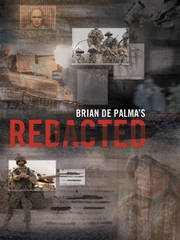 Investigative journalist and documentary filmmaker John Pilger had a column in the
Investigative journalist and documentary filmmaker John Pilger had a column in the 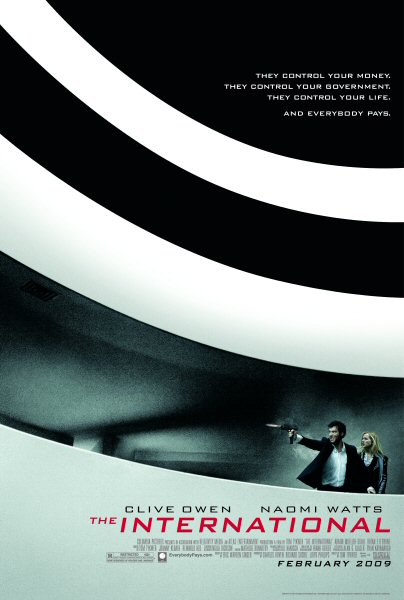 Armond White reviewed Tom Tykwer's The International last week in the
Armond White reviewed Tom Tykwer's The International last week in the  Romain Desbiens has been doing some outstanding work at
Romain Desbiens has been doing some outstanding work at 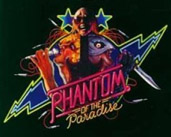

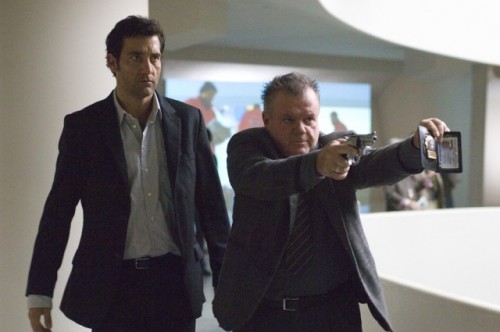
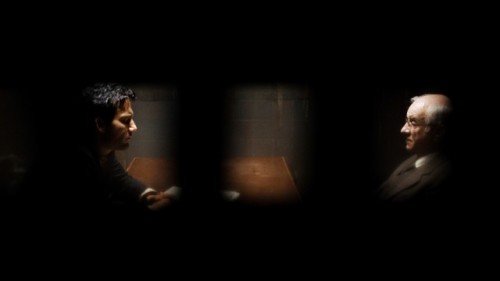
 A
A 